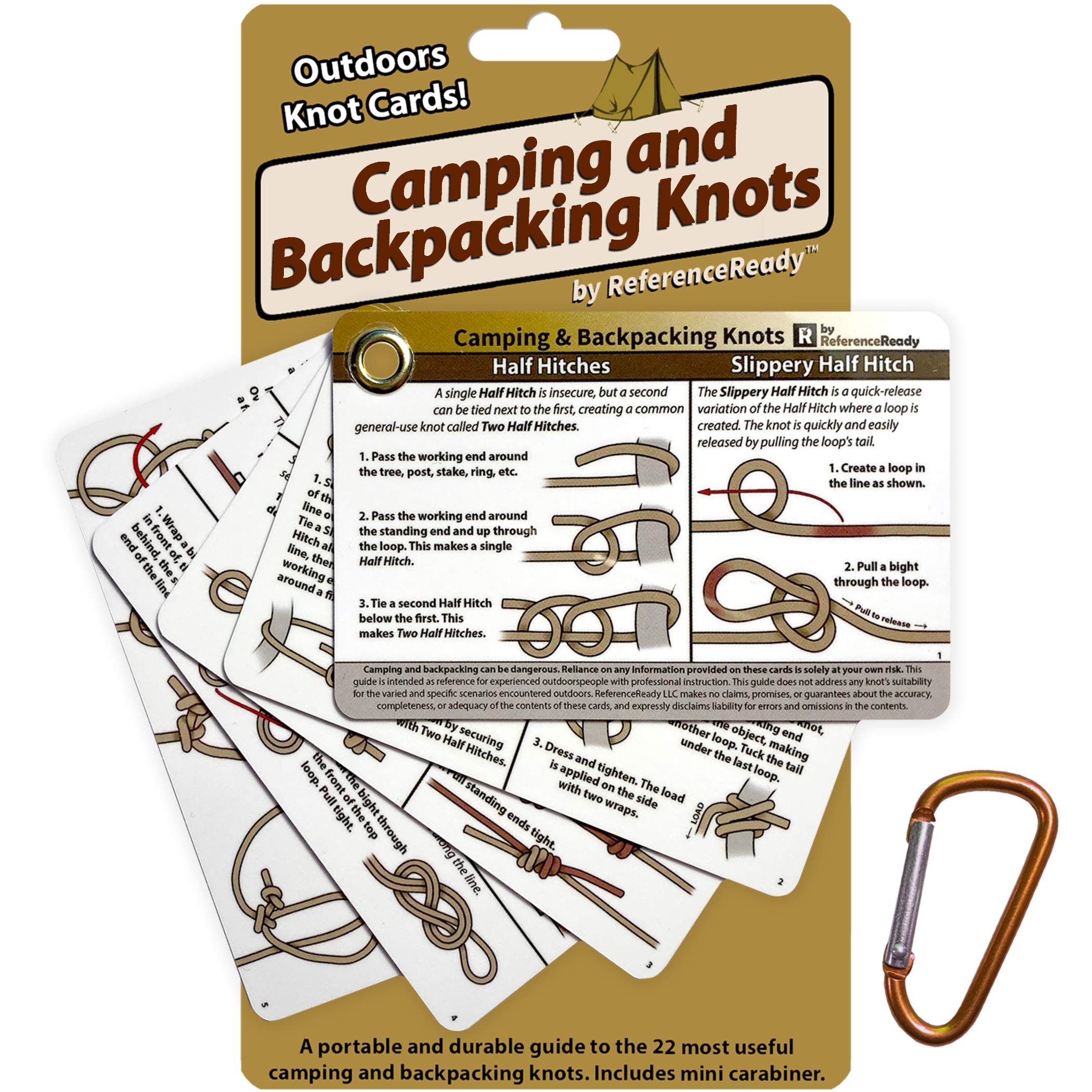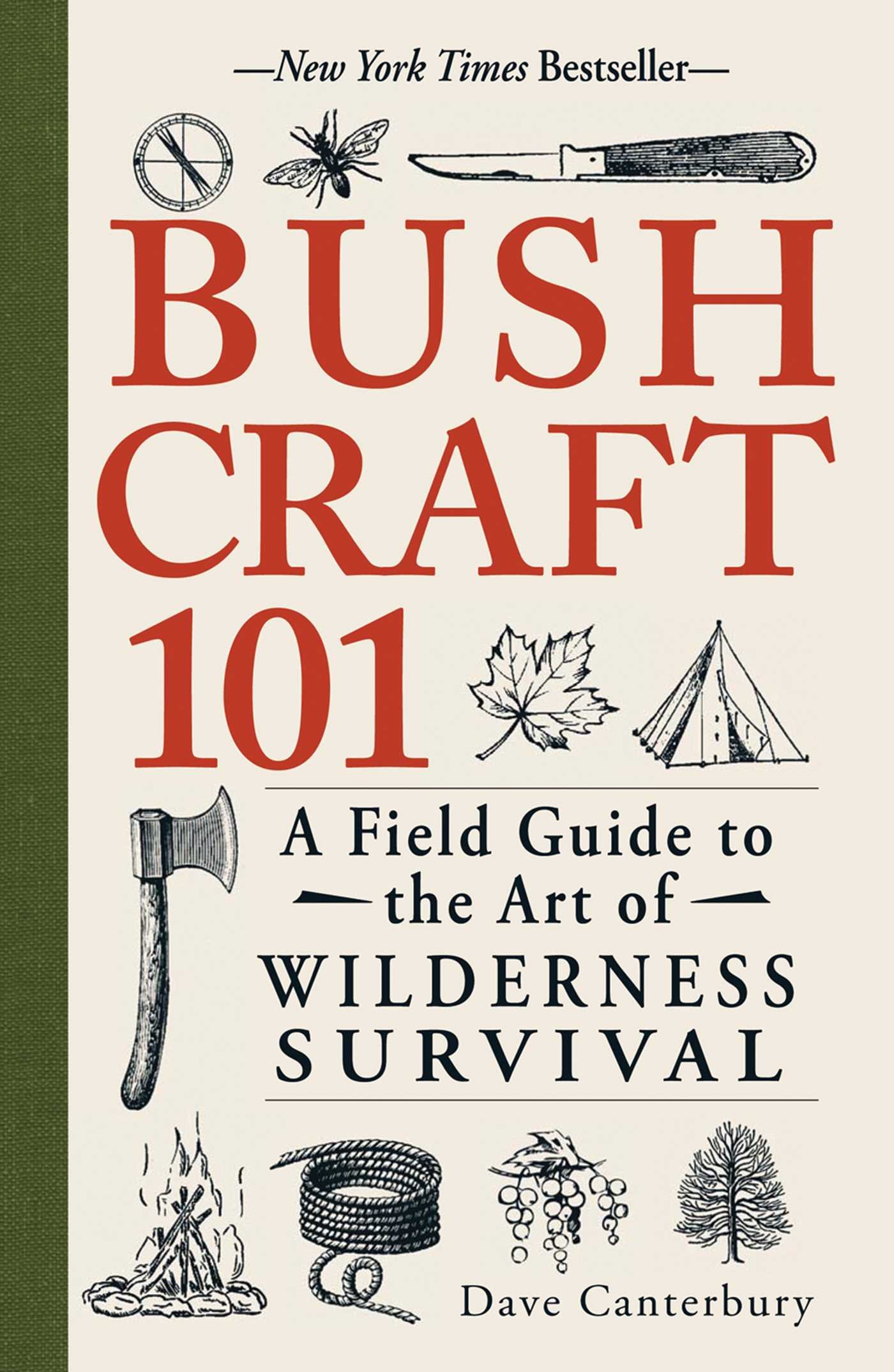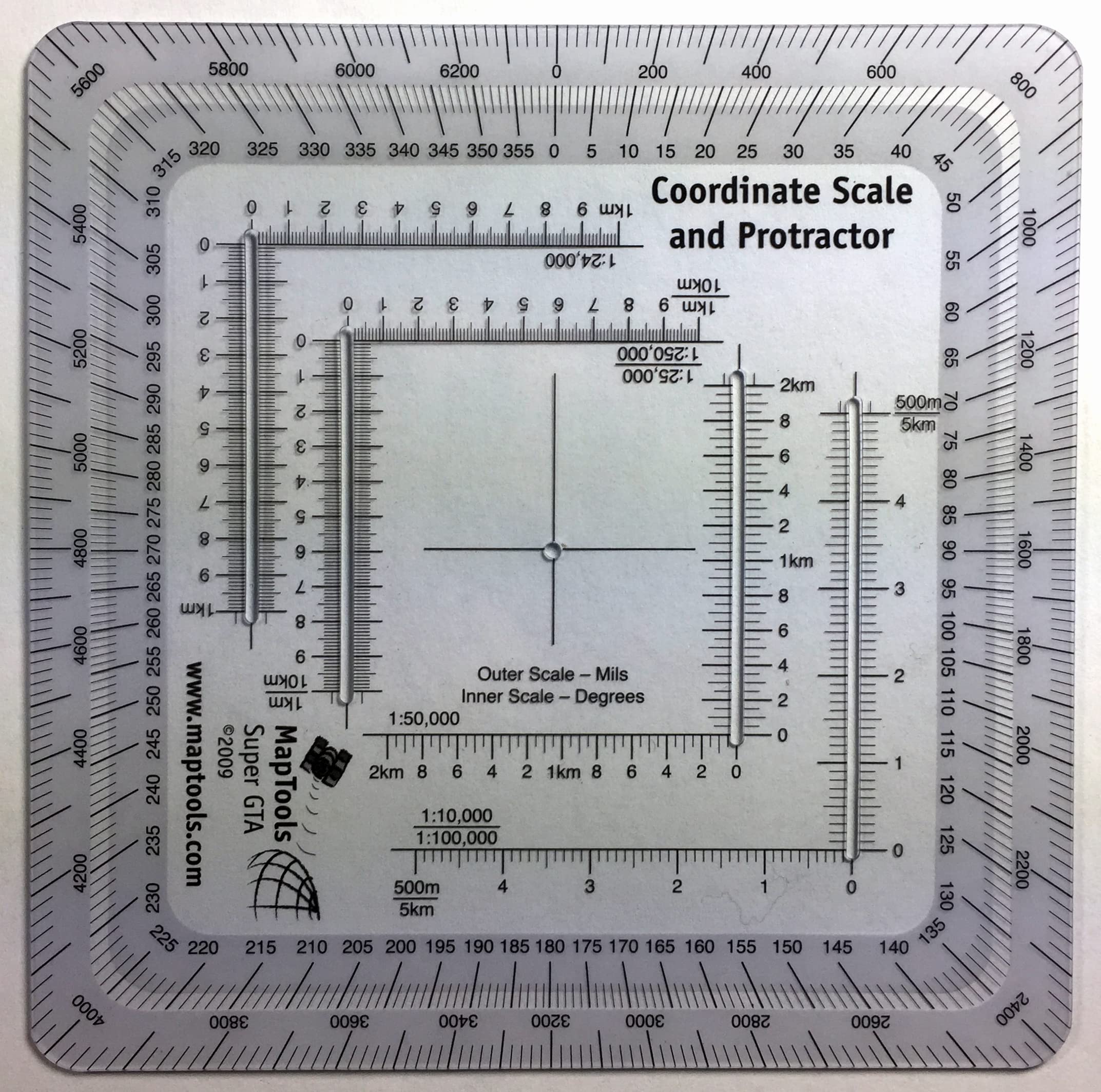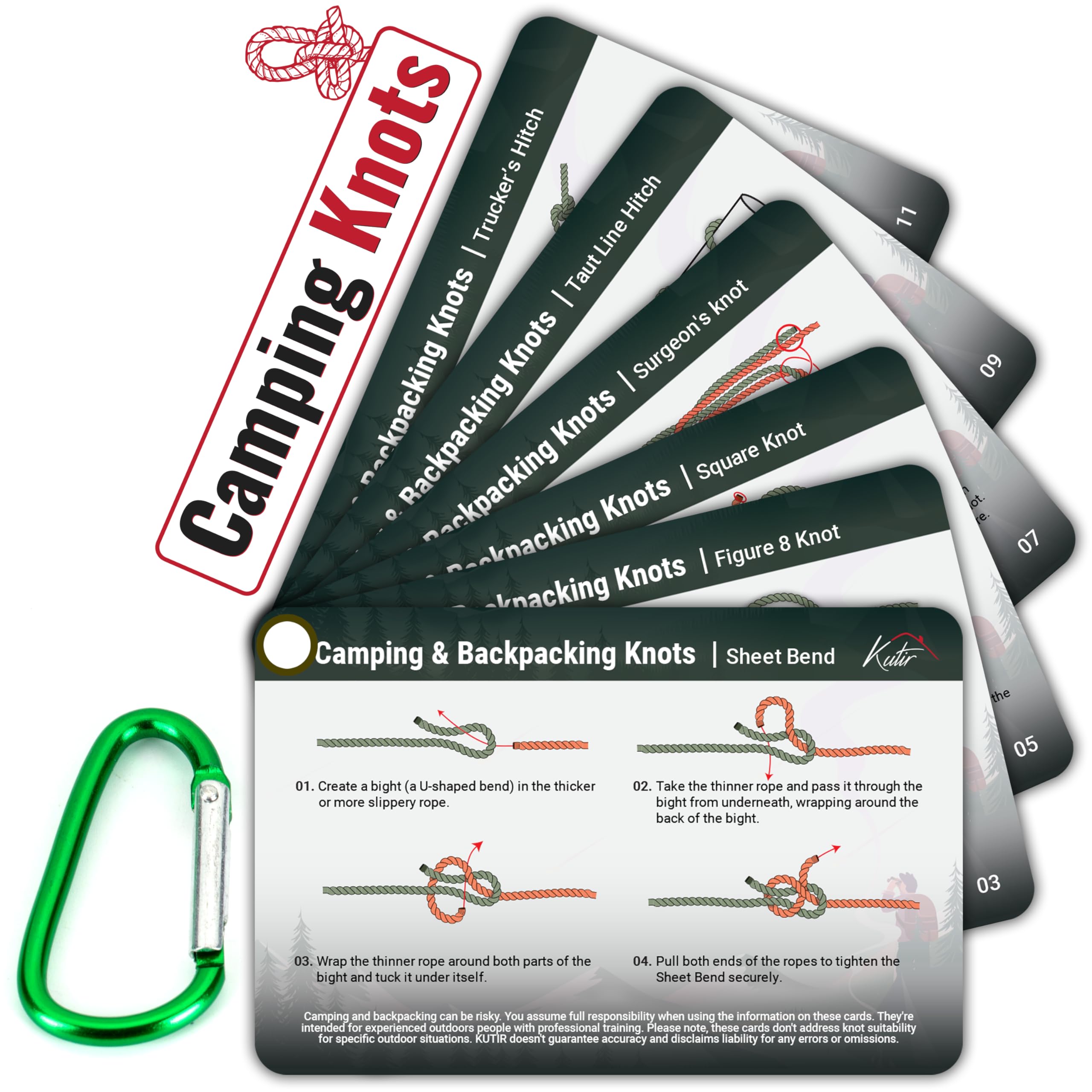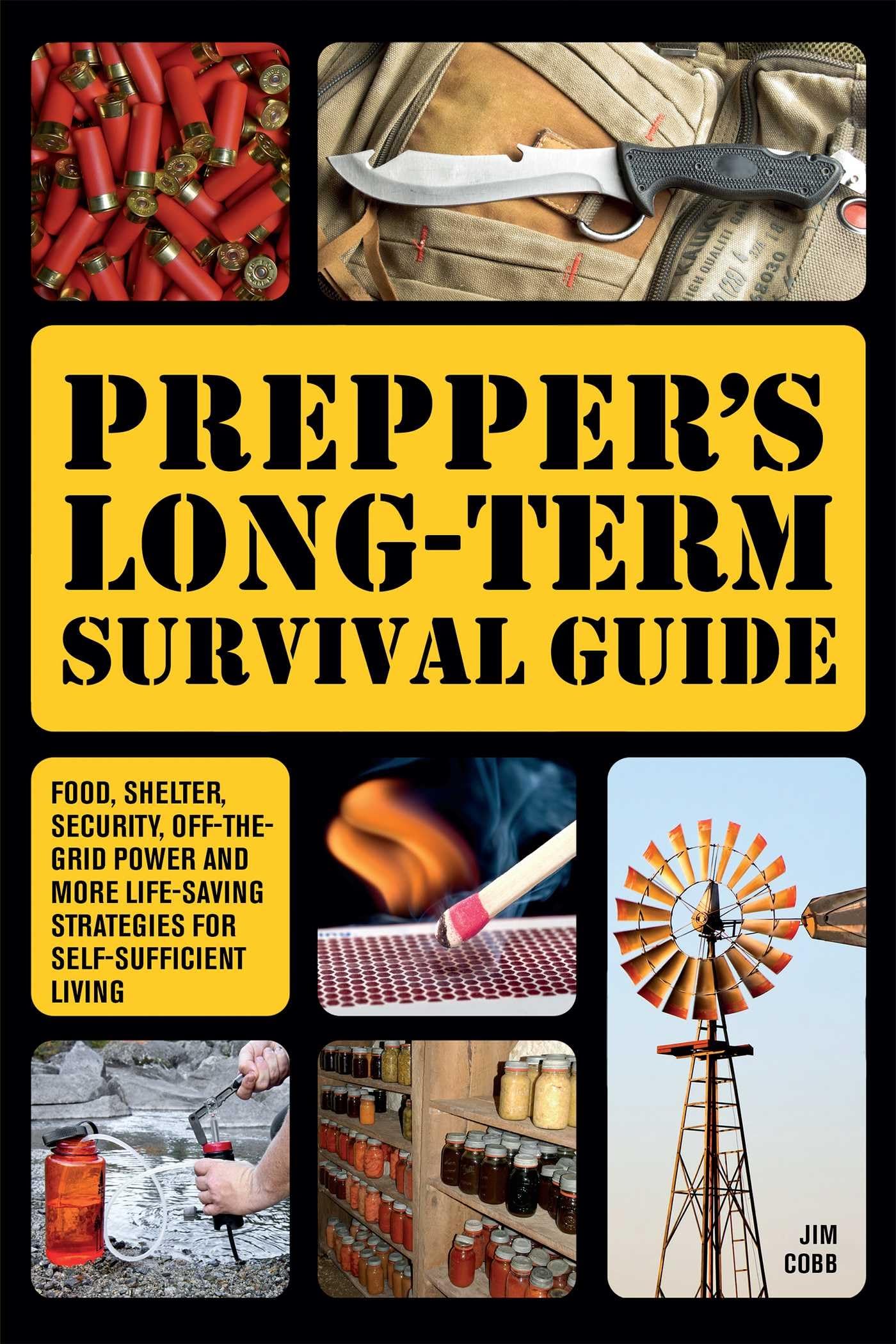When we go hiking, having the right tools for navigation can make all the difference.
Among these tools, grid reference tools stand out for their ability to help us navigate and orient ourselves in unfamiliar territories.
Whether we’re traversing lush valleys or climbing rugged mountains, understanding how to accurately pinpoint our location is essential for safety and enjoyment.
Grid reference tools come in various forms, including maps with grid systems, GPS devices, and mobile apps designed for outdoor navigation.
Each option has its own advantages and use cases.
Maps provide a traditional approach, while GPS units and apps offer real-time tracking and a wealth of information at our fingertips.
Choosing the right tool depends on our personal preference, the complexity of our hikes, and how tech-savvy we feel.
When selecting a grid reference tool, we should consider accuracy, ease of use, and battery life.
A reliable tool not only provides precise location data but also enhances our overall confidence while exploring the great outdoors.
Best Grid Reference Tools for Hiking
ReferenceReady Knot Cards
This product is a practical choice for those who want to enhance their outdoor knot-tying skills.
- Color-coded diagrams make learning knots straightforward.
- Compact and waterproof, easy to carry on any adventure.
- Sturdy construction ensures durability in outdoor conditions.
- There may be a learning curve for complete beginners.
- Some users find the cards a bit small for detailed viewing.
- Limited to 22 knots, which might not cover all scenarios.
These waterproof knot cards are a fantastic resource for any outdoor enthusiast.
Designed with color-coded, step-by-step diagrams, they simplify the learning process and make it easy to see how to tie various knots.
Featuring a mini carabiner, we can conveniently attach the cards to our backpacks, making them always accessible when we need them the most.
The cards are printed on thick plastic, ensuring they withstand the rigors of outdoor use.
For campers and hikers, knowing how to tie proper knots is essential, especially for securing gear or setting up camp.
This tool ensures that we’ll have the necessary information at our fingertips without worrying about damage from water or the elements.
While these cards are an excellent resource, it’s worth noting that they focus on a limited selection of knots.
This may be adequate for casual campers or day hikers but could be a downside for more seasoned backpackers seeking comprehensive knowledge.
Overall, these knot cards strike a reliable balance between portability and durability, making them well-suited for our outdoor adventures.
Bushcraft 101: A Field Guide to the Art of Wilderness Survival
This book offers a solid introduction to bushcraft skills for those looking to enhance their wilderness knowledge.
- Great for beginners looking to learn off-grid skills.
- Covers a wide range of basic techniques useful for outdoor survival.
- Provides practical information that is easy to understand.
- May not satisfy advanced practitioners seeking in-depth techniques.
- Lacks extensive illustrations for some concepts.
- Focused more on long-term living skills than short-term survival.
For anyone starting their journey into bushcraft, this book stands out as a valuable resource.
The clear layout makes it accessible and suitable for those without prior knowledge.
While the book excels in covering fundamental skills, seasoned bushcrafters might find it too basic.
It simplifies many aspects, focusing instead on foundational skills that are crucial for thriving in the wild.
We appreciate how the content encourages a deeper connection with nature rather than just survival techniques.
It’s perfect for people wanting to immerse themselves in outdoor skills and self-sufficiency.
In summary, this book is a keeper for those beginning their bushcraft journey, providing essential insights for living off the land effectively.
MapTools Topographic Grid Reader
This compact coordinate grid reader is a solid choice for anyone looking to enhance their outdoor navigation skills.
- Versatile for multiple coordinate systems, including UTM, MGRS, and USNG.
- Compact size fits easily in a pocket, making it convenient for hiking.
- Durable material ensures it withstands outdoor conditions.
- Some may find it takes time to learn how to use effectively.
- Limited color options could be a drawback for aesthetic preferences.
- Not as familiar to those who haven’t used military-style tools before.
This tool stands out as a reliable companion for hikers and outdoor enthusiasts.
With its ability to read and plot coordinates on various map scales, it caters to both novice and experienced navigators.
The compact design, similar to a CD, makes it easy to carry along without taking up too much space.
Its thickness provides added durability, so we don’t have to worry about it bending or breaking.
The clear protractor markings, featuring both degrees and mils, allow for precise readings.
We appreciate that bands of white ink help make the compass rose easily visible against our maps.
Many users have noted how beneficial the 1:24,000 scale is for mapping in the United States.
While some may experience a learning curve initially, the investment in this tool pays off as we become more adept in our navigation skills.
Whether we’re on a day hike or planning a more extended excursion, having this tool enhances our overall experience in the great outdoors.
Kutir Outdoor Knots Guide
This knot guide is a useful tool for anyone looking to master essential knots for outdoor activities.
- Compact design allows for easy portability.
- Waterproof material ensures durability in various weather conditions.
- Clear illustrations make learning knots straightforward for all skill levels.
- Small size may hinder readability for some users.
- Cards can be tightly bound, making them difficult to flip through.
- Limited space might restrict more detailed instructions.
When exploring the outdoors, knowing how to tie the right knots can significantly enhance our experience.
The Kutir Outdoor Knots Mastery Guide features 12 essential knots, perfect for camping, backpacking, and general outdoor use.
With clear, color-coded diagrams, we can quickly grasp the steps to tie each knot, making it an excellent resource for beginners and seasoned adventurers alike.
Crafted from waterproof plastic, this guide is built to withstand the elements.
Whether we’re out in the rain or near water activities, its durability ensures we won’t lose valuable knowledge.
The inclusion of a mini carabiner is a great touch, allowing us to attach it conveniently to our gear or even a wallet for quick access.
While the guide is designed to be portable, its small size can be a double-edged sword.
Some users may find the illustrations harder to read, especially from a distance or in low light.
Additionally, the cards are secured by a rivet that can make it tricky to flip through them smoothly.
Despite these minor drawbacks, the Kutir Outdoor Knots Mastery Guide remains a practical companion for any outdoor enthusiast.
Prepper’s Long-Term Survival Guide
This book is a practical resource for anyone interested in enhancing their self-sufficiency skills and understanding long-term survival strategies.
- Comprehensive information across various survival topics.
- Clearly organized for easy navigation through critical subjects.
- Engaging writing that appeals to both beginners and seasoned preppers.
- Some readers may find it too basic if they have prior knowledge.
- Limited illustrations, which might not appeal to visual learners.
- Occasional redundancy in topics could detract from the flow.
This guide covers a range of essential skills, from securing food supplies to creating effective shelter.
Most significantly, it addresses both immediate needs and long-term strategies, making it useful for diverse situations.
The structured layout aids in quickly finding specific information, which can be crucial in emergencies.
Readers have expressed appreciation for the book’s digestible content, which breaks down complex survival topics into understandable segments.
The author’s approach seems to resonate well with the audience, bringing clarity to areas that can often feel overwhelming.
Yet, it’s worth noting that some may find the material a bit too simplified if they’ve already dived deep into survival topics.
For those looking for visuals, the limited illustrations might feel like a missed opportunity.
Nevertheless, the text remains a solid choice for anyone aiming to boost their preparedness knowledge.
Buying Guide
When selecting the best grid reference tools for hiking, we have to consider several key features that suit our needs.
Here’s a handy list:
- Map Compatibility: Ensure the tool works with the maps we typically use. Check if it’s compatible with both topographic and digital maps.
- Accuracy: Look for tools that offer high precision. This is crucial for navigating difficult terrains.
- Ease of Use: A user-friendly interface saves us time and confusion. We want tools that are intuitive and straightforward.
We can also evaluate other important aspects based on our preferences.
| Feature | Importance |
|---|---|
| Durability | We want our tools to withstand harsh conditions. |
| Weight | Lightweight tools are easier to carry for long hikes. |
| Battery Life | If it’s electronic, long battery life is essential. |
| Display Size | A clear display makes it easier to read in various light conditions. |
It’s also helpful to check customer reviews.
They can provide insights into real-world performance.
By focusing on these criteria, we can make an informed decision that enhances our hiking experience.
Let’s prioritize what matters most to us.
Frequently Asked Questions
In this section, we’ll address common queries that hikers often have about grid reference tools, navigation apps, and essential gear.
These insights can help enhance our outdoor experiences.
What are some highly recommended GPS apps for hikers?
We find that apps like Gaia GPS, AllTrails, and ViewRanger are popular choices among hikers.
They offer detailed maps, offline access, and user-friendly interfaces that help us stay on track.
These apps not only provide real-time navigation but also allow users to share trail reviews and waypoints with fellow hikers.
To protect our devices while exploring rugged terrain, many outdoor enthusiasts also invest in the best map cases for hiking, ensuring their maps and gadgets stay dry and secure.
Having both digital tools and reliable map cases enhances safety and confidence on any adventure.
Which is better for trail navigation: Gaia GPS or AllTrails?
Gaia GPS excels in providing detailed topographic maps, making it a solid choice for serious hikers.
AllTrails, on the other hand, offers a vast database of user-generated trails, which is handy for those seeking diverse options.
What are the top free apps for hiking route planning?
For free route planning, we recommend apps like MAPS.ME and Komoot.
These options provide useful maps and route suggestions without the cost, making them great for casual hikers.
How important is map scale when it comes to hiking, and what’s the ideal scale to use?
Map scale is crucial for navigation.
A 1:24,000 scale is ideal for hiking as it offers detailed terrain information, helping us make informed decisions along the trail.
Are there any must-have navigation tools for hikers trekking in Europe?
For European treks, we suggest bringing a reliable compass and detailed regional maps.
Using tools like GPS devices paired with offline capabilities can also aid in navigation.
Can you suggest some reliable topographic maps tailored for hikers?
We appreciate the accuracy of the US Geological Survey (USGS) topographic maps.
Local hiking organizations often provide tailored topographic maps that cater specifically to popular hiking regions.


